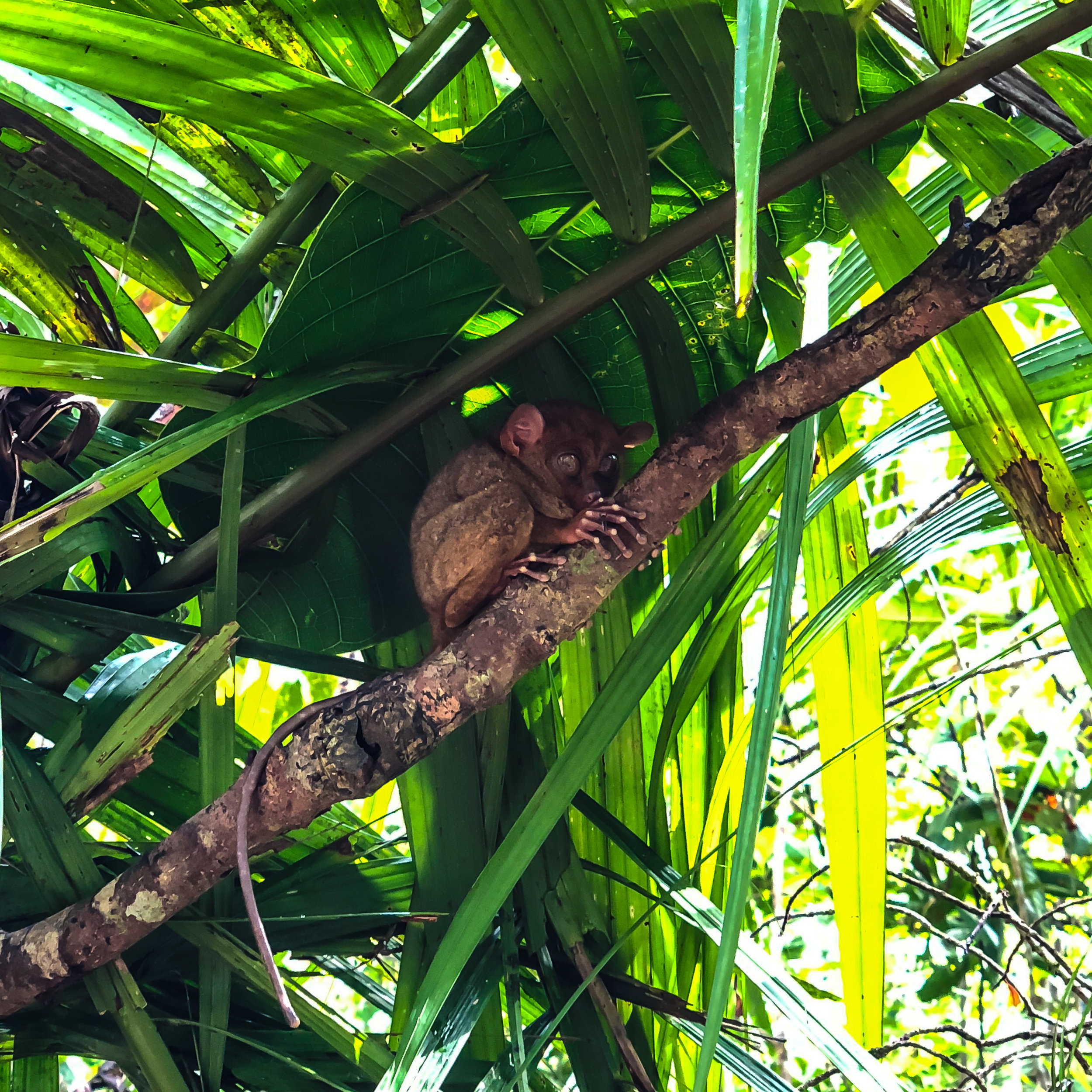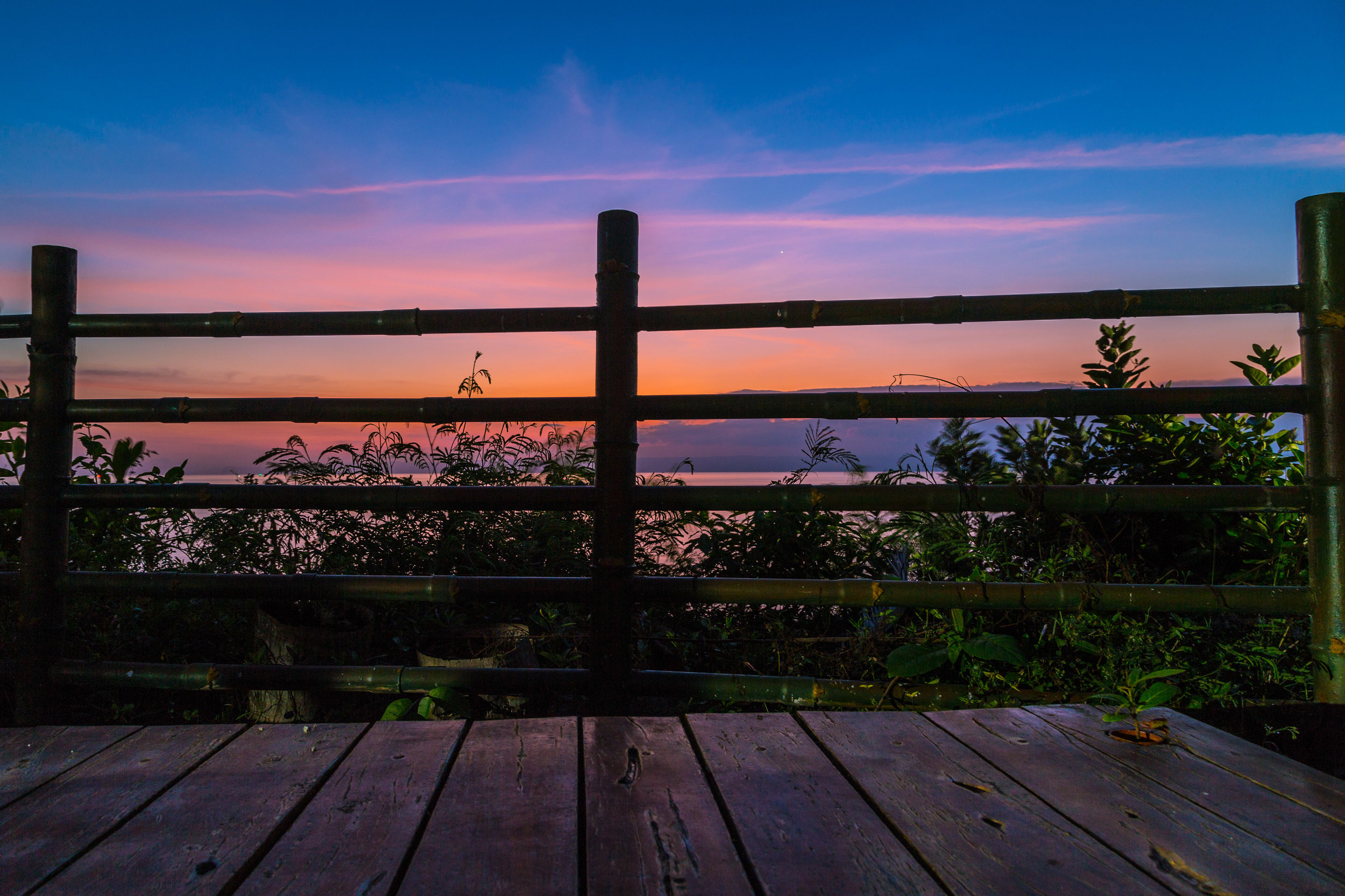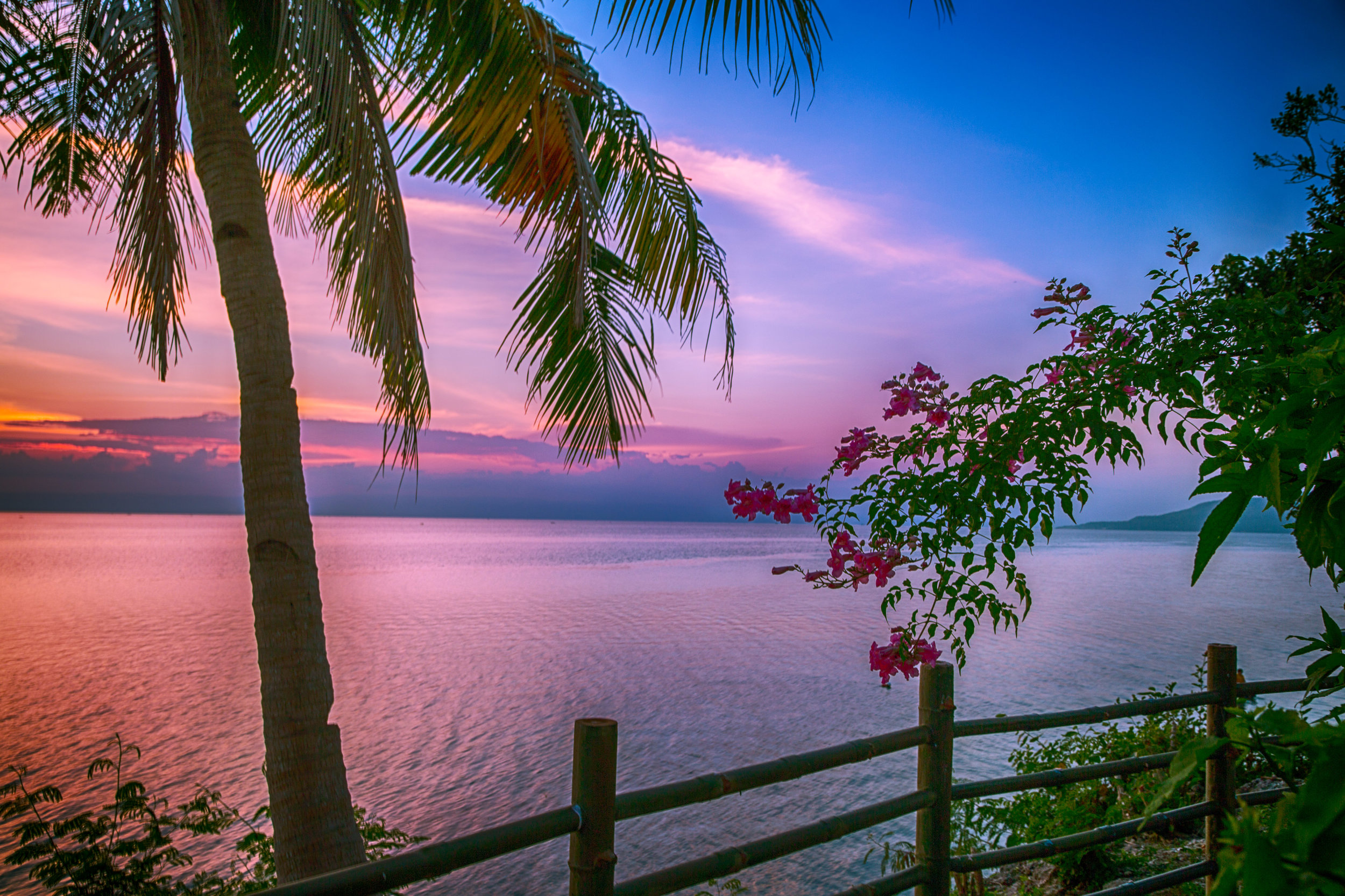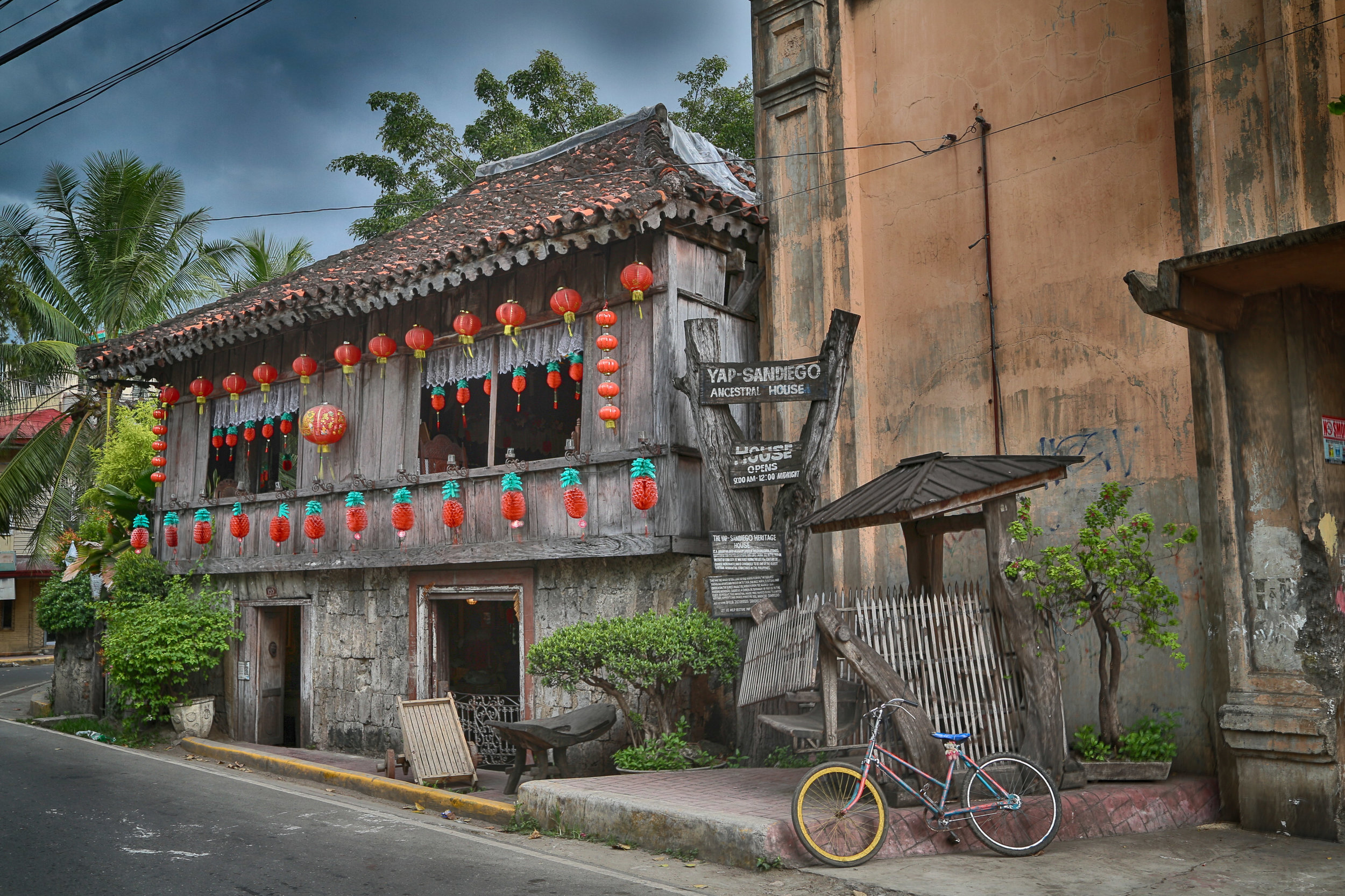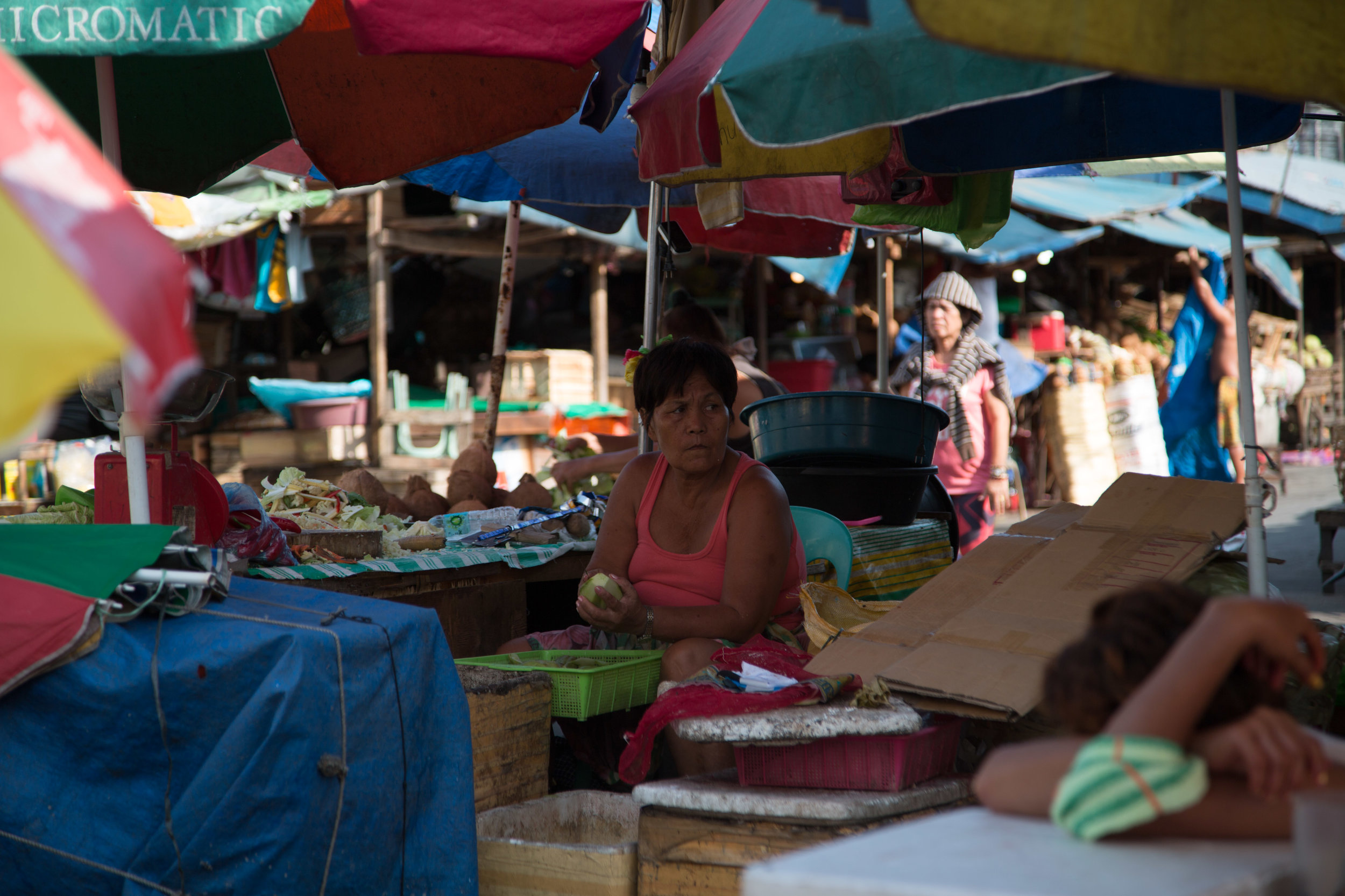One of the main attractions on the Island of Bohol is the Chocolate Hills. They are a group of unusually shaped hills located in the middle of the island and they are unique to Bohol. There are conflicting views on how many hills have been formed but the estimates are between 1250 - 1750. The highest hill reaches 120 meters in height but most are around 30-50 metres, scattered within a 50 square kilometer area.
Local legend says that long ago two giants fought for days, hurling earth and stones at one another, until they fell exhausted, leaving the mounds of earth and stones in place. The more romantic legend says that a handsome young giant, Arogo, fell in love with a mortal woman. When his love died, as all mortals must, the giant wept and his great teardrops fell to the earth and turned into the chocolate hills.
Of course, geologists came up with a theory; they are weathered formations of marine limestone lying on top of an impenetrable clay base. They get their name from the colour they turn at the end of the dry season as the grass turns from green to brown. I prefer the romantic legend, geology seems to take the fun out of them.
I literally couldn't wait to get there, up at 4am to get there for dawn.
We arrived at the chocolate hills just as dawn rose after spending a night at the Fox and the Firefly Cottages near Loboc River. I can't even begin to tell you how amazing this experience was. Not only were the cottages amazing to stay in with amazing views but the food and service was also outstanding! The last two photographs was the view from the chair in the first photograph.
At this point you are probably wondering about the furry creatures that is mentioned in the title. On the way back from the Chocolate Hills we visited the Bohol Tarsier reserve. They are the world's smallest primate. They measure 10 - 15cm and belong to the primitive sub-order Prosimii or Prosimian that dates back 45 million years. They are known locally as mawmag and is a species endemic to the Philippines. There is some good information on Bohol-Philippines website about them. I have added a few of my own pictures underneath.








